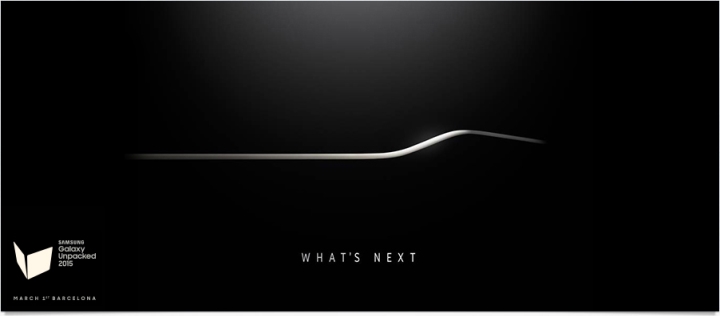Samsung is doing a series of teasers this year to hype up the launch of the next Galaxy S6 (or whatever it’s calling its 2016 flagship Android smartphone), and the latest details the tech and progress of wireless charging. In a post on Samsung’s official blog, the company’s lead engineer for IT and Mobile Seho Park described how advances in wireless charging over the past few years have made the tech much faster, more efficient and easier to integrate into devices from a components perspective. He closes with a suggestion that 2015 will be a watershed moment for wireless power, and a hint that “upcoming Galaxy smartphones” will fully partake in said moment.
The Galaxy Note 4 and Galaxy S5 support wireless charging, but only with the help of optional accessory backs designed for the purpose. This year, Samsung’s newest flagship could support wireless charging out of the box, complete with support for a range of standards, including things like Qi, PMA and WPC. The blog post by Park includes a section in which he describes advances in tech made last year that brought together support for multiple standards on a single chip, which he goes on to explain would make it to market around six months to a year after their introduction, i.e., around now or in the near future.
Samsung taking wireless charging and making it not only a default part of the Galaxy smartphone experience, but also a simple-to-use version of the tech that works with every charging tech available on the market, would be a huge boon for owners of its devices. I’d argue that wireless charging tech is still one of those things that never made it past the stage of offering a lot of promise, but little real-world benefit to consumers. Charging plates are generally either large and awkward, or finicky in terms of who they require the charging devices to be placed, or both. Standard battles mean that the built-in chargers Starbucks is installing in stores aren’t compatible with most shipping devices, and even when things have been compatible, they often feature physical designs that make a charging pad aimed at one device impractical for use with a smartphone made by another OEM.
What Samsung needs to do with the next iteration of its Galaxy line is refine: That means taking a new approach to design, which it appears to be doing with all-metal enclosures, but also bringing technologies that have long been available to Android OEMs to the next level in terms of practical benefits for everyday users.
